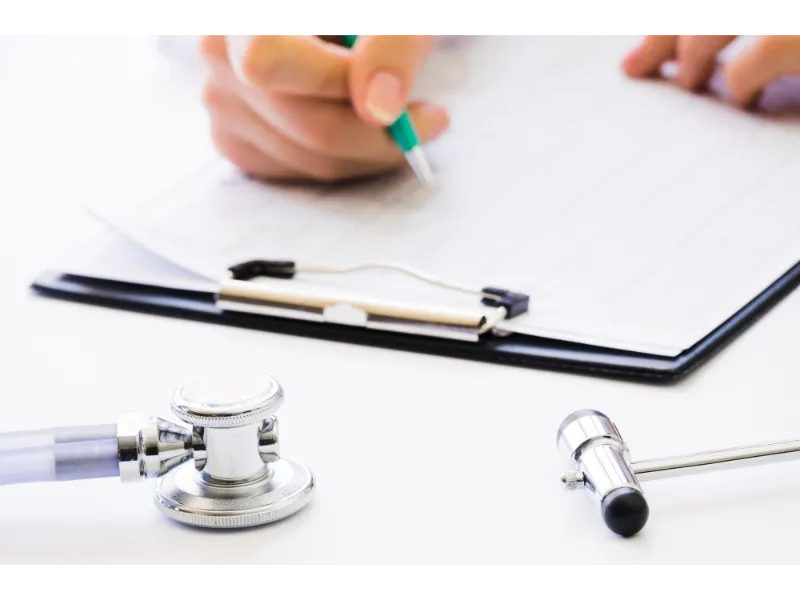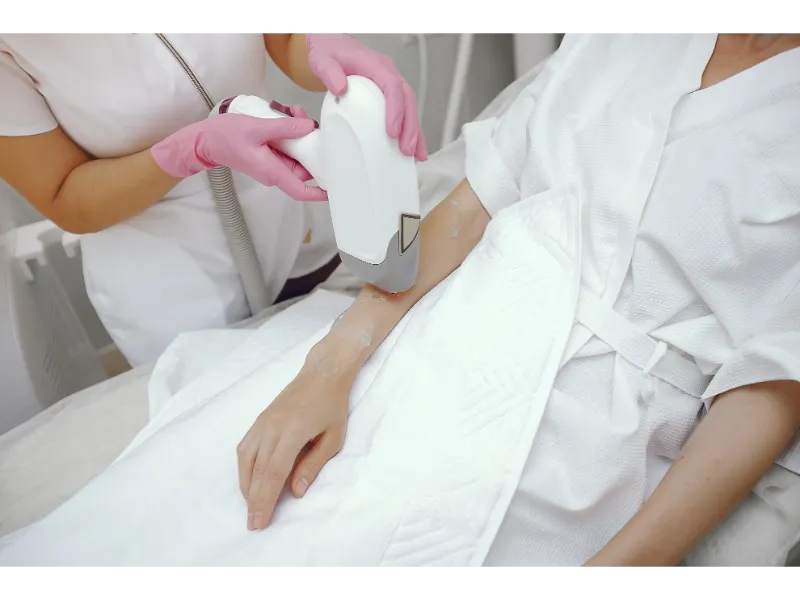Arm Lift Surgery
Arm Lift
Many people who go through weight loss surgery or have lost a significant amount of weight will notice that those trouble areas will be thinner, but flabby arms will rear their ugly heads. The weight loss itself is an amazing feeling but the flabby skin isn’t something one thinks of before their weight loss journey. Getting rid of the flabby arms to complete your overall goal of losing weight can now be achieved by getting an arm lift. This type of plastic surgery gets rid of the flab and excess skin in the arms that most patients will have after losing so much weight.
Preparation for Arm Lift Surgery
Before considering getting an arm lift, it is important to know first whether you qualify and to prepare yourself for the surgery. Arm lift surgery is one of the most common plastic surgery procedures done after a significant loss of weight. When a large amount of weight loss occurs, many people will end up with excess skin or flab on the underside of their arms.
People who are thinner may qualify for arm lift surgery as well if they are experiencing “saggy arms” as a result of excess skin. This excess arm tissue could result from genetics or aging. This type of saggy skin cannot be eliminated through regular exercising which will qualify even the thinnest of men and women (more often women) qualify for arm lift surgery.
Once you have decided to get arm lift surgery and have made the decision on which surgeon you will be allowing to do the surgery, you will most likely be given a set of instructions that you must follow before getting the arm lift surgery. Smokers are strongly advised to quit before the surgery as it can cause complications with the wound healing properly. Also, your surgeon will typically require you to stop taking some medications, homeopathic products, or vitamins to decrease the risk of bleeding. Some of these medications could include anti-inflammatory medication, ibuprofen, and aspirin. By taking certain types of supplements before surgery you can reduce bruising and swelling. Some of the better types of supplements for this purpose include Bromelain and Arnica. Sometimes surgeons will require you to eat high-protein foods that will assist in speeding up the healing process. Make sure that you discuss all diet restrictions or changes in your diet that you must adhere to before the surgery with your doctor.
What to Expect During the Arm Lift Procedure
Arm lift surgery takes anywhere from one to three hours from start to finish. This depends on how much “lifting” the surgeon must do. Patients can receive one of two types of anesthetic: local anesthetic which is a conscious sedation through an IV or general anesthetic where you will be completely unconscious and sleeping throughout the surgery. Incisions are made on either the back of the arm or the inside of the arm. They could span anywhere from your elbow to the underarm and is dependent upon how much of an arm lift is being done. A small incision arm lift requires an incision where the armpit and the upper inner arm join together. Those who have only a small amount of excess skin around the armpit may be eligible for this. Patients who have lost a significant amount of weight either natural weight loss or through weight loss surgery and has a large amount of sagging skin under the arm, a large incision arm lift is usually done. This requires a larger incision to be made from the elbow to the arm pit and then around the side of the chest. After the incision is made liposuction is typically used to get rid of any excess fat. A surgeon then trims off the hanging skin and tightens the skin by suturing which may be removed within a few weeks after surgery or are self-absorbing.
After the surgery your arm will look toned and thinner immediately. There may be some bruising and swelling as well as some pain following the surgery. Depending on the decibel of the pain your surgeon can prescribe a pain killer to help get rid of or subside the pain. Swelling is typically at its worst within the first three days after arm lift surgery and will typically go away within a few weeks. To help reduce swelling, keep your arms elevated by resting them on a pillow. Some surgeons may prescribe a compression garment which helps your skin conform to the tissue present underneath the skin.
Risks of Arm Lift Surgery
The most common risks of an arm lift include:
- Hand swelling
- Hematoma
- Loss of sensation
- Scarring
- Infection
- A reaction to anesthesia
- Seromas (masses of fluid that develop along the incision line)
How Much does Arm Lift Surgery Cost?
Cost of arm lift surgery will vary from surgeon to surgeon. Costs include the surgeon’s fee which can be on average up to $4,000, operating room fee, anesthesia fee, and fees for liposuction if needed. Because the cost of arm lift surgery is significantly high, many facilities provide payment plan options to help buffer the costs of the surgery.










